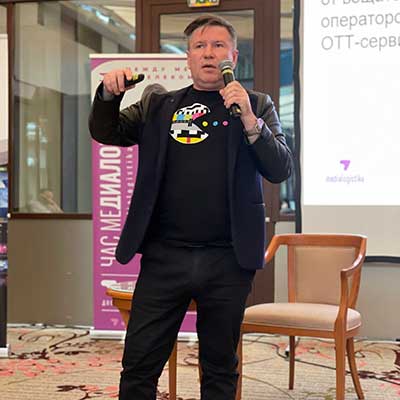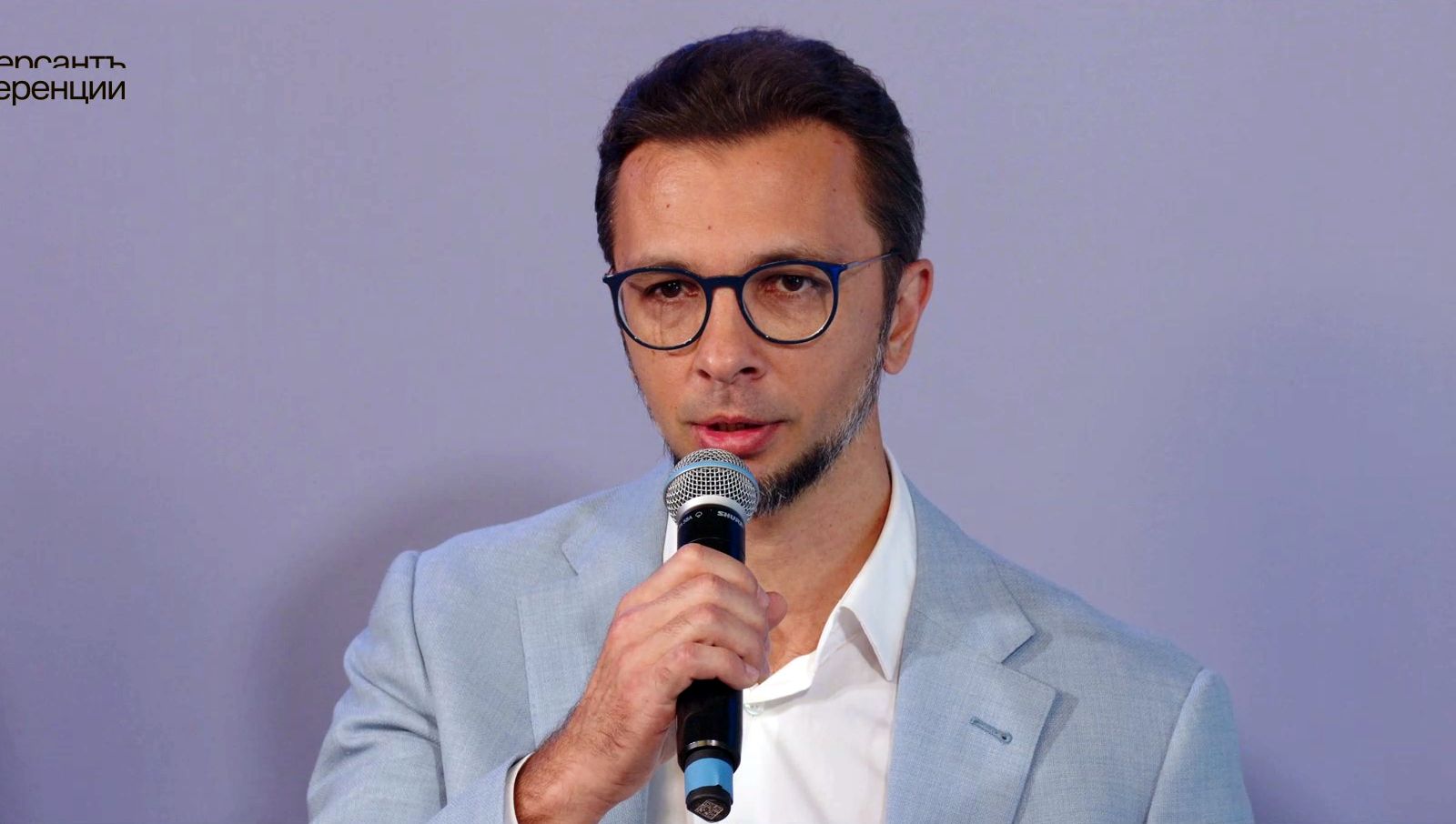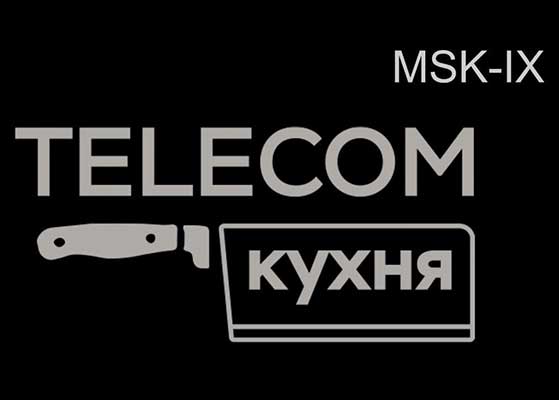How regional broadcasters can cut costs while transmitting signals to operators

Although they can use television channels 21 and 22, regional and municipal television channels continue to face serious problems when transmitting television signals to operators. Considering Russia’s geographic breadth, operators and broadcasters might be located dozens or hundreds kilometers apart in any region. It is thus expensive and sometimes technically impossible to link the broadcaster with every operator via cable. Online signal transmission may impair quality. What needs to be done to deliver a single quality signal to 30 operators at a time? And what if the operators are located not only in the broadcaster’s region and all over the country? Is it possible to transmit regional television channels to OTT platforms?
Addressing participants at the Academy of the National Association of Television Broadcasters, specifically, representatives of regional television channels, Medialogistika Project Director Grigory Kuzin (Center of Interaction of Computer Networks MSK-IX) replied to these questions.
The Medialogistika platform for the surface distribution of television signals was developed to link broadcasters and operators of cable and satellite television networks, as well as internet services. Today, the platform allows all major Russian operators and OTT platforms to receive signals from over 500 television channels. Operators connected to Medialogistika allow these television networks cover over 80 percent of Russia’s audiences.
In all, Medialogistika has 40 connection points all over the country, including in Siberia and the Far East. A television channel spends only about 10,000 rubles monthly on such direct connections, regardless of the region. If a city has no Medialogistika connection point, any local television channel can use the last mile of the platform’s partner, Rostelecom, whose network covers the entire country.
“The most important difference in connecting a television channel to each operator directly is that, by connecting to Medialogistika only once, the operator can simultaneously transmit signals to hundreds of operators and OTT services,” Grigory Kuzin noted.
Operators also find this profitable because they can access a large number of television channels from one source at minimal cost. The operator will not build a network to transmit just one signal, but he will do this to simultaneously obtain 200 television channels. It costs less to receive a Medialogistika signal than it does to receive a satellite signal.
In addition, Medialogistika has its own M9.Plus data processing center, which is a self-contained zone inside the M9 data center, the country’s key media hub. It accommodates the platform’s equipment and other major operators.
Grigory Kuzin drew the audience’s attention to the platform’s other distinguishing feature, namely, the managing of the Medialogistika platform’s services via personal accounts.
“We specialize in the most controllable and top-quality signal transmission technology. We help television channels access the monitoring system via personal accounts and ensure higher SLA levels, compared to satellite and the public internet. Each television channel can see all television signal parameters in a real time mode through their personal accounts,” Grigory Kuzin said.
Free promotion is another bonus that Medialogistika offers television channels. Television channels entering the platform are automatically displayed on the project’s website and listed in the Cableman website’s catalogue.






